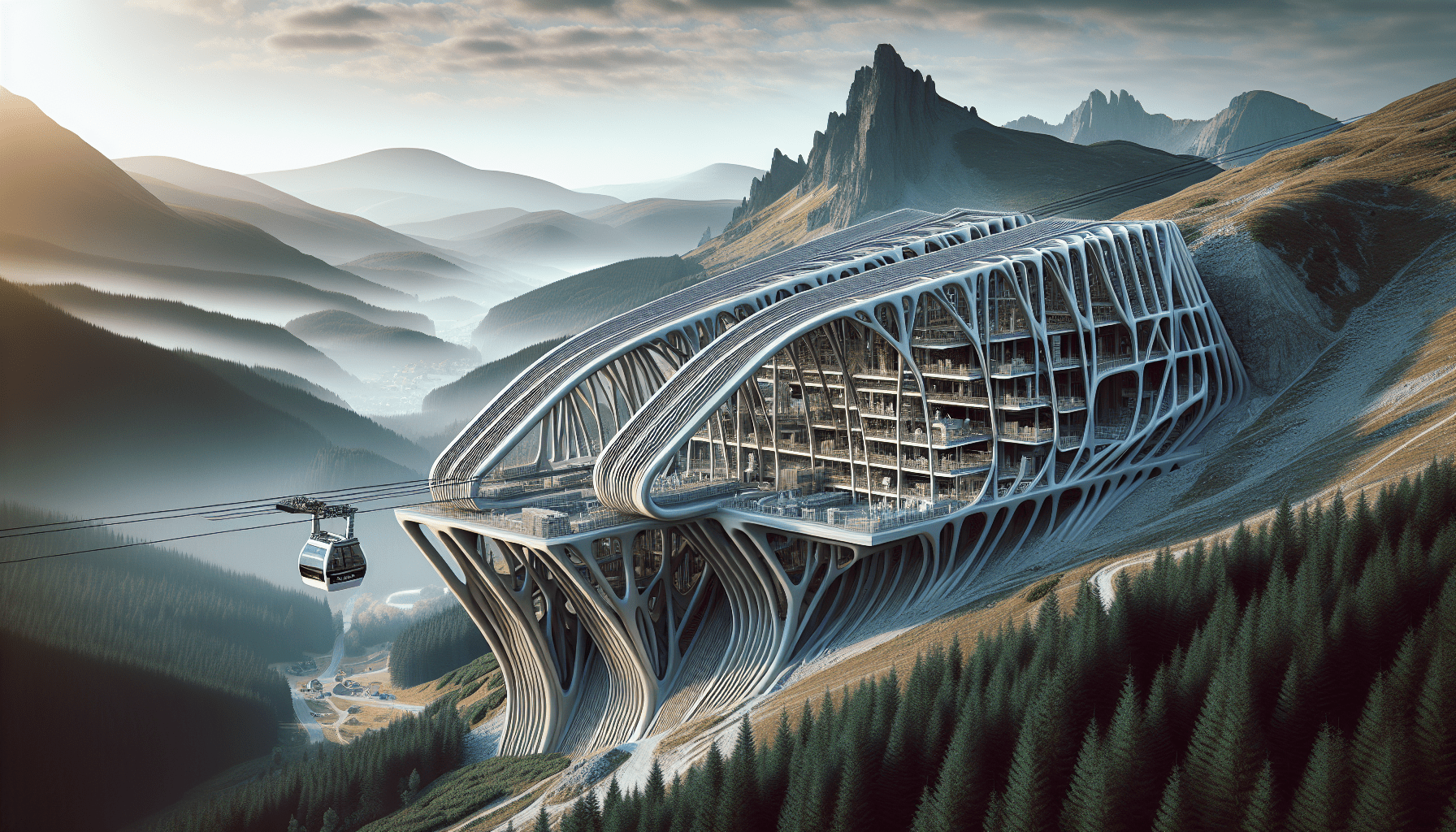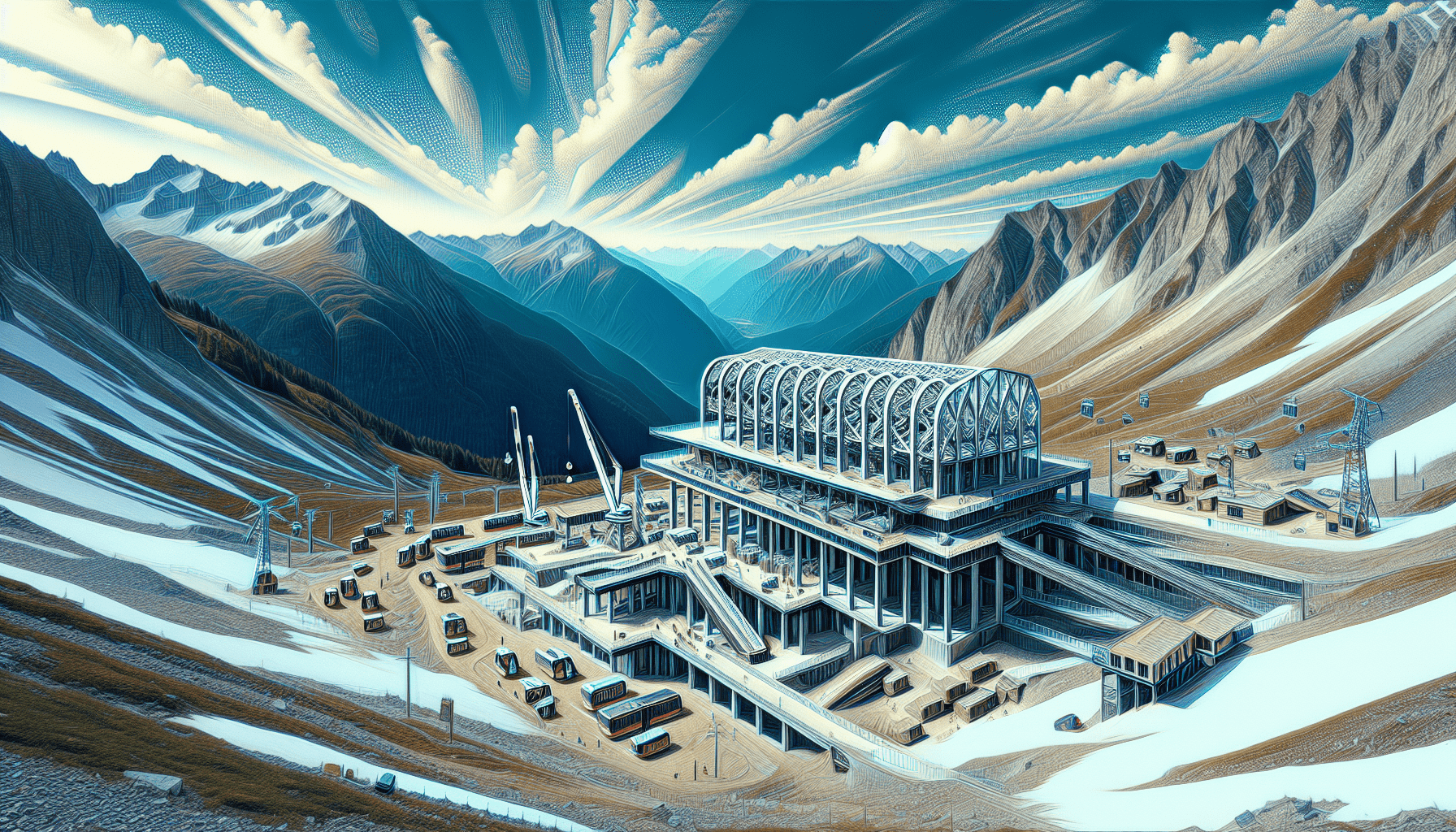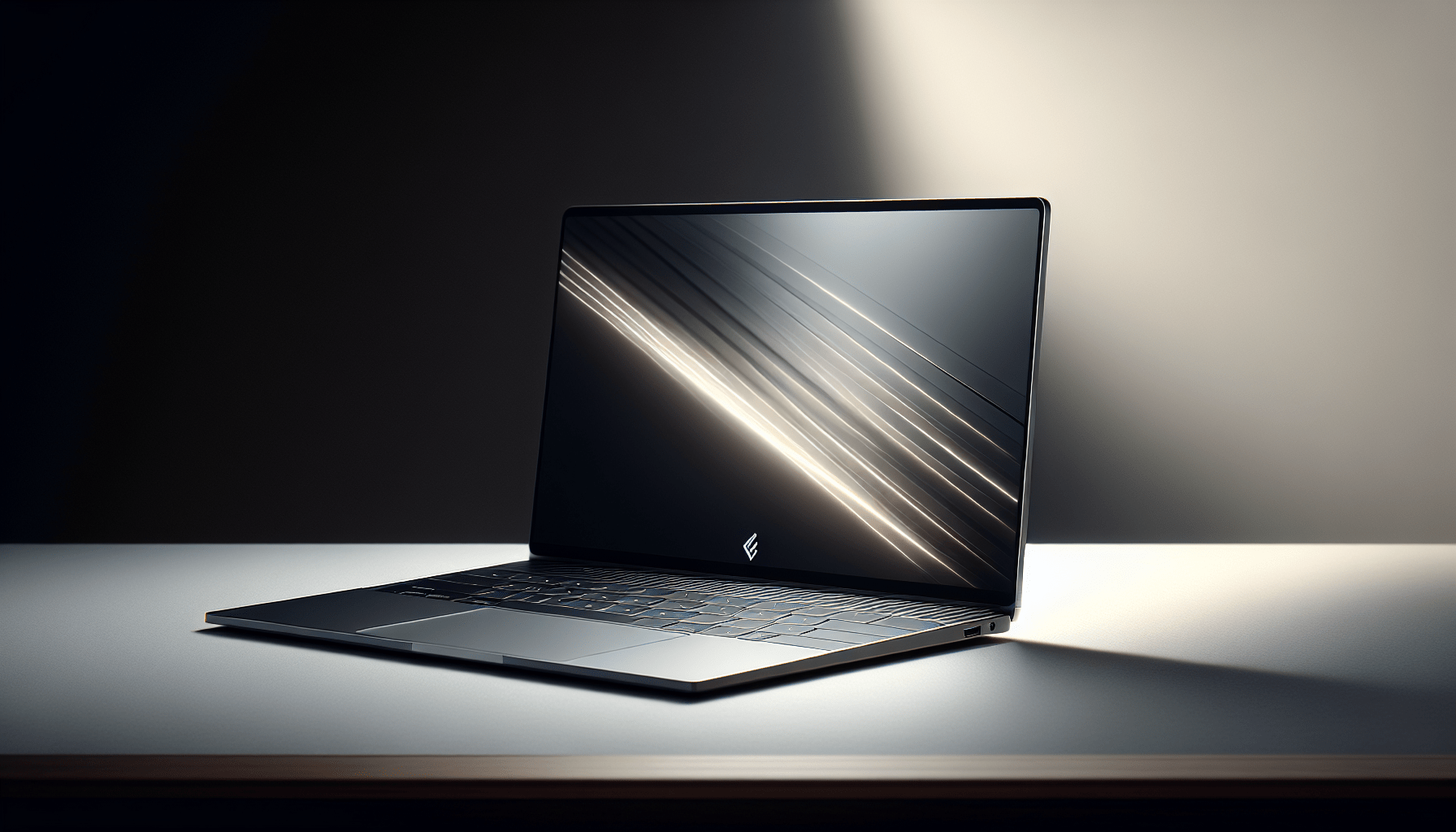FLASHFORGE Adventurer 5M 3D Printer, 600mm/s High-Speed, 1 Click Fully Auto Leveling, Upgraded Direct extruder Quick Detachable 280°C Nozzle, Dual-Sided PEI Coating Plate, Print Size 220x220x220mm
$259.00 (as of June 19, 2025 23:45 GMT +00:00 - More infoProduct prices and availability are accurate as of the date/time indicated and are subject to change. Any price and availability information displayed on [relevant Amazon Site(s), as applicable] at the time of purchase will apply to the purchase of this product.)Isn’t it fascinating to see how technology is transforming age-old industries? Did you ever think that one day, buildings and infrastructure could be created using 3D printing technology? ICE, a Czech industrial automation firm, has taken on the revolutionary task of constructing a cable car station using their proprietary 3D Concrete Printing (3DCP) technology. This groundbreaking endeavor is happening in the mountainous municipality of Kopřivná, Czechia, and upon its completion, it will become the largest publicly accessible 3D printed building in Europe.

$30 off $400+ Anycubic Products with code AC30OFF
The Vision Behind the 3D Printed Cable Car Station
ICE and Its 3DCP Technology
ICE, a leader in industrial automation, has leveraged its advanced 3DCP technology to make this project possible. The technology uses a patented print head to mix concrete with additives for rapid solidification. This allows for the intricate and rapid construction of durable structures.
Why Kopřivná?
Kopřivná, known for its stunning mountains and scenic beauty, serves as the perfect backdrop for this innovative project. The new cable car station is designed to blend seamlessly with its surroundings, much like a large stone resting on a hill. The location was chosen not just for its beauty but also for the enhanced accessibility and appeal it will offer to tourists and outdoor enthusiasts.
Collaborative Design with ATELIER3M
In collaboration with the architecture studio ATELIER3M, the design of the station is nothing short of spectacular. The building is not just functional but also aesthetically pleasing, mimicking natural rock formations and incorporating elements that interact organically with the hillside.
Achieving Sustainability through Design
Sustainability is at the heart of this project. The concrete mixture used integrates thermal insulation, reducing the need for additional heating or cooling. A green roof is planned, adding an ecological touch and further blending the structure with its natural surroundings.
The Construction Process
Laying the Groundwork
Before the walls could go up, extensive groundwork was needed. This included surveying the land, preparing the foundation, and ensuring that the terrain could support the weight and structure of the new cable car station.
3D Printing the Walls
Using ICE’s 3DCP technology, the walls of the station are being printed layer by layer. The technology allows for rapid construction while maintaining high strength and durability. Each section of the wall is printed with integrated thermal insulation and design elements, eliminating the need for additional finishes or modifications.
Utilizing Advanced Concrete Mixtures
The concrete mixture used by ICE isn’t your standard concrete. It includes specific additives that enhance rapid solidification, making it ideal for the 3D printing process. This mixture also improves durability, ensuring that the structure can withstand the harsh weather conditions often found in mountainous regions.
External and Interior Finishes
The station won’t just be a concrete block. The walls will be finished with aluminum window frames and fixed ventilation. The upper section will have a more rock-like finish, while the lower section will be smoother to withstand water and air erosion better. The green roof will complete the structure, providing thermal insulation and a natural aesthetic.
Terrace Platform: A Place to Unwind
A terrace platform outside the station will offer visitors a place to relax and enjoy the breathtaking views. The platform will be integrated into the design, ensuring that it complements the overall look and feel of the station.

Buy Photon Mono M5 Get Free 1KG Resin
Why 3D Printing for Construction?
Speed and Efficiency
Using 3D printing technology in construction offers several advantages over traditional methods. The process is quicker and requires fewer materials. This speed not only cuts down on labor costs but also minimizes disruptions to the surrounding environment.
Reduced Waste
3D printing is inherently less wasteful than conventional construction methods. The precision of the technology ensures that only the necessary amount of material is used, reducing waste and promoting a more sustainable approach to building.
Enhanced Design Freedom
The flexibility offered by 3D printing allows for more intricate and creative designs. Traditional construction methods impose significant limitations on what can be achieved, but with 3D printing, complex geometries and unique structures become much more feasible.
Consistency and Quality
The level of precision achieved with 3D printing ensures that each section of the building is consistent in quality. This consistency reduces the need for rework and ensures that the final structure meets all necessary safety and quality standards.
Other Projects by ICE
Chapel of Convergence
ICE’s 3DCP technology has been employed in other notable projects, such as the Chapel of Convergence. This artistic structure, composed of 18 3D printed sections, demonstrates the versatility and capability of 3D printing in architecture.
Military Fortifications
ICE has also applied their technology for defense purposes. The Czech Army is using 3D printed fortifications at a NATO airbase, showcasing the durability and reliability of this construction method in even the most demanding environments.
The Future of 3D Printed Buildings
Expanding Horizons
The cable car station in Kopřivná is just the beginning. As 3D printing technology continues to advance, the potential applications in construction are virtually limitless. From residential homes to large commercial structures, 3D printing offers a feasible and sustainable alternative to traditional building methods.
Market Growth
The 3D printing market is poised for significant growth in the coming years. In 2023, the consumer products additive manufacturing (AM) segment generated $2.6 billion and is expected to grow to $28 billion by 2033. This growth will likely extend to the construction sector, driven by projects like ICE’s cable car station.
Challenges and Opportunities
While the benefits are clear, there are still challenges to overcome. Regulatory hurdles, material limitations, and initial cost investments are some of the barriers that need to be addressed. However, with continued research and development, these challenges can be mitigated, opening the door for broader adoption of 3D printed construction.
Conclusion: Pioneering the Future
The construction of the cable car station in Kopřivná by ICE represents a significant milestone in the world of architecture and construction. By leveraging advanced 3D printing technology, ICE is not only enhancing the efficiency and sustainability of the construction process but also paving the way for a future where such innovative building methods become commonplace. As this project progresses, it promises to offer invaluable insights and inspiration for future endeavors in the realm of 3D printed buildings. Whether you’re a technology enthusiast, a sustainability advocate, or someone with a keen interest in architecture, the story of ICE and their trailblazing project is undoubtedly worth following.
$30 off $400+ Anycubic Products with code AC30OFF








